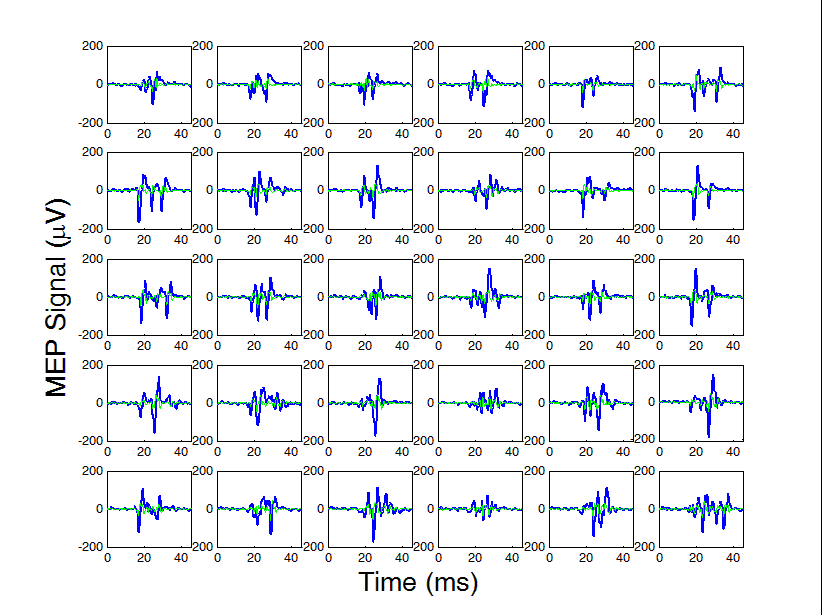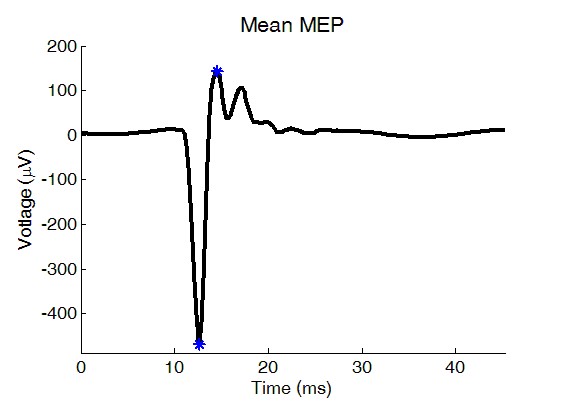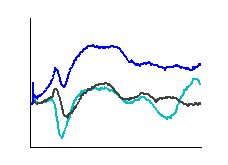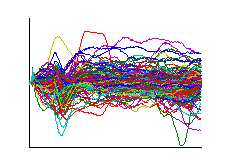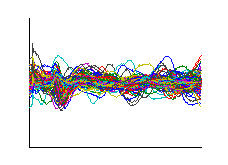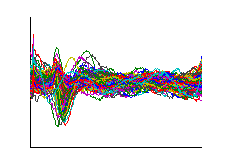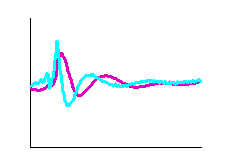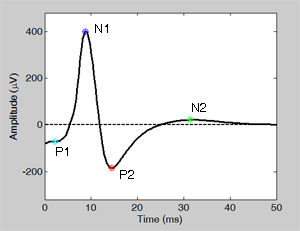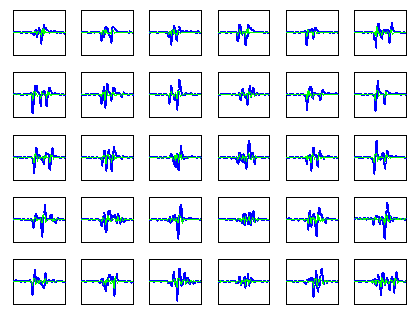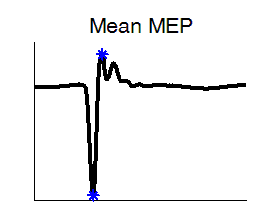Electrophysiology
Electrophysiology monitoring techniques provide us with powerful tools for assessing the extent of spinal cord injury and evaluating how well treatments work.
Two major electrical signals that we use to study the integrity of neuronal pathways are:
SEPs are the voltage responses in the somatosensory cortex after stimulation of the peripheral nerves, such as by electrical stimulation of the four limbs. Thus, SEPs measure the integrity of ascending sensory pathways to the brain. MEPs are the voltage responses measured in the muscle, or electromyograms, as a result of stimulation of the corresponding motor region of the brain. Therefore, MEPs measure the integrity of efferent motor pathways.
SEP Acquisition
The electrophysiological signals must undergo several steps of processing before meaningful information can be drawn from them. Below shows an example of a set of processing steps for SEPs. The signals are recorded one at a time in their raw form. Notice that the raw signals are quite noisy and it is hard to distinguish a characteristic shape from this data. The processing steps are employed to filter and improve the signal-to-noise ratio of the data so that conclusions can be drawn.
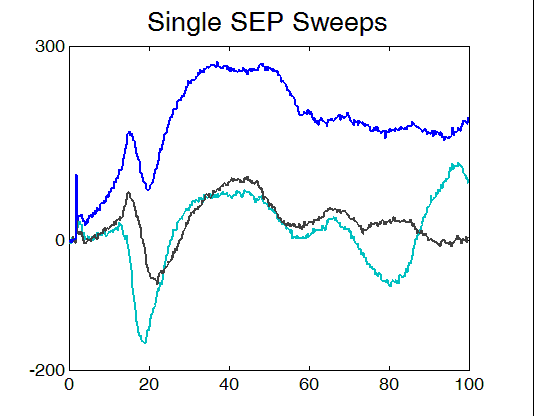
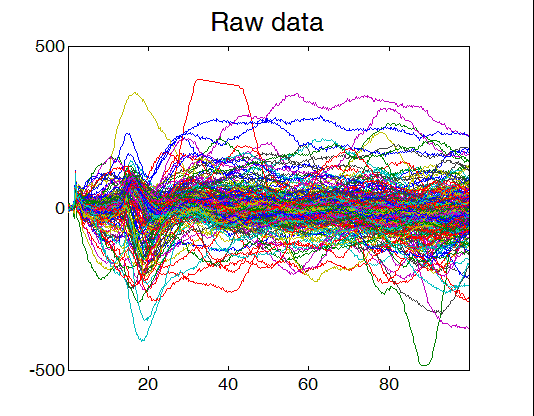
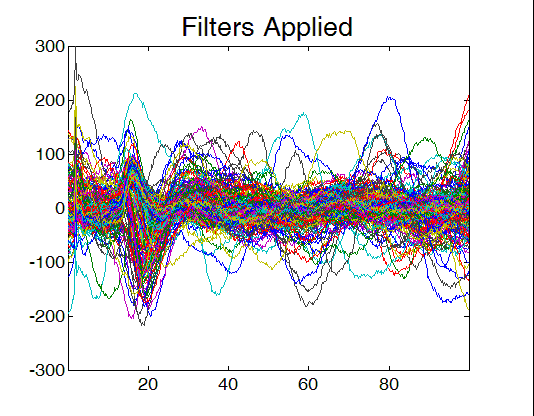
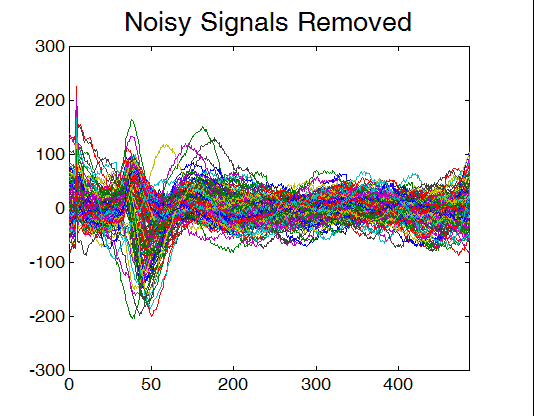
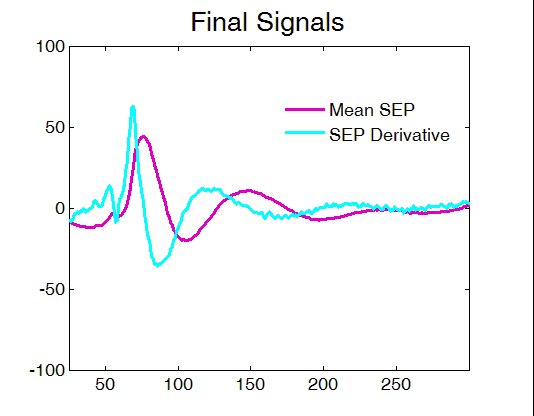
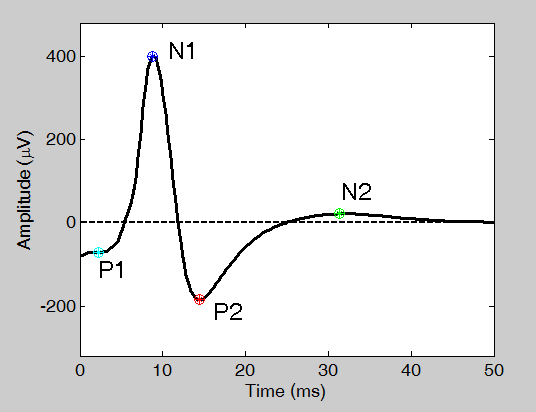
MEP Acquisition
During one recording session, many MEP signals are acquired. Below are 30 MEP signals form a single recording session. The signals are then averaged over one recording session to improve the signal-to-noise ratio, as shown to the right.
